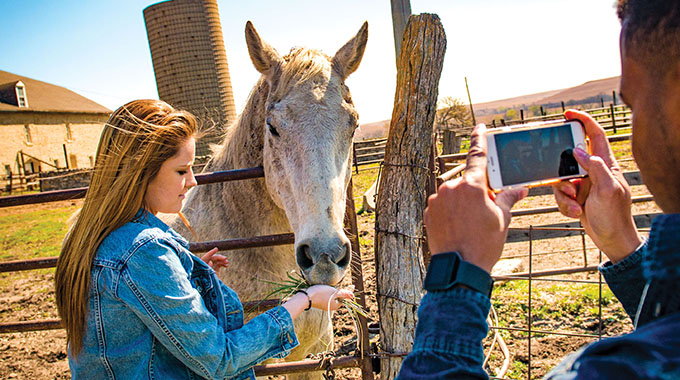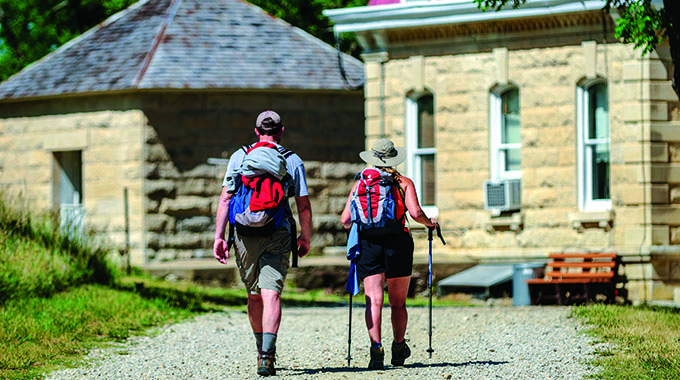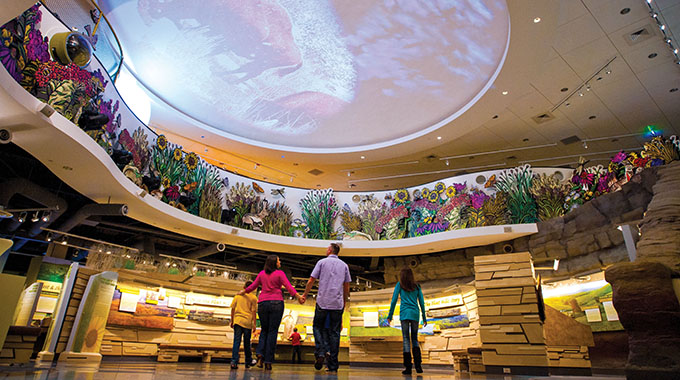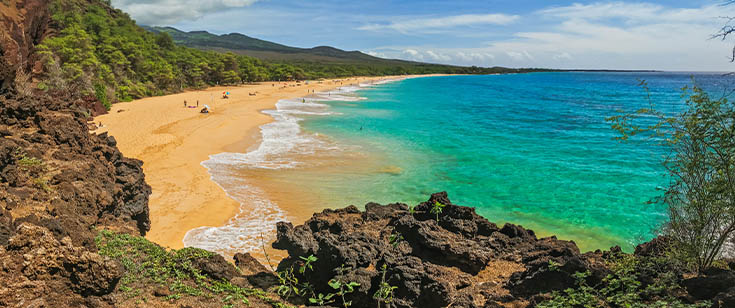It was sublimely quiet. The only sounds at Tallgrass Prairie National Preserve on a recent weekday morning were occasional bird calls, wind blowing across open landscape, and the low rumble of trucks traveling along an adjacent highway.
As gravel crackled underfoot, a single horse strolled outside of a barn next to a trail that rose gently into the sanctuary and dissolved into the horizon. The trail, part of a 40-mile network, leads into the grass-covered, undulating hills of this preserve in the heart of the Kansas Flint Hills—the country’s largest remaining expanse of tallgrass prairie. The nearly 11,000-acre natural wonder near Strong City, Kansas, showcases a rare ecosystem that extends from Nebraska into Oklahoma through central Kansas.
Celebrating its 25th anniversary this year, the preserve operates as a cooperative venture between The Nature Conservancy and the National Park Service. In addition to wide-open spaces punctuated by trails, visitors will find an 1880s mansion built by original landowner Stephen F. Jones and a handful of additional ranch buildings.
Visitors will relish discovering the singular beauty of the tallgrass prairie, which once covered 170 million acres of North America. Within a generation, however, most of it had been utilized for towns, cities, and farms. Today less than 4 percent remains intact, mostly in the Flint Hills.
The sweeping vistas of the hills come alive each spring in a brilliant green expanse of rolling terrain. Several types of grasses, wildflowers, and other plants—some with roots that can extend 15 feet into the ground—grow atop hills layered with limestone, flint, and shale. During warmer weather, controlled burns race across fields as ranchers seek to regenerate plant growth. It’s a practice that began among Kaw, Osage, Pawnee, and Wichita tribes who lived there long before settlers arrived.








